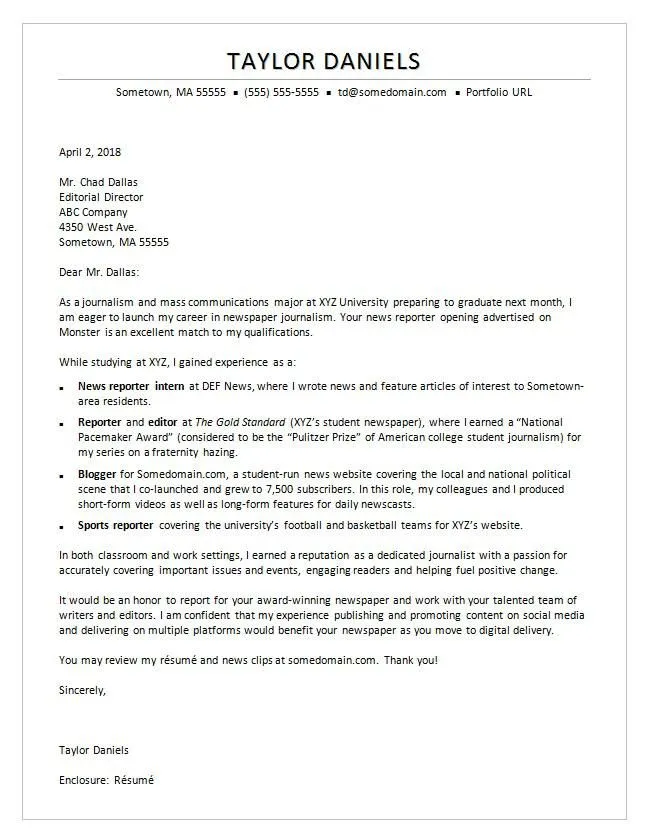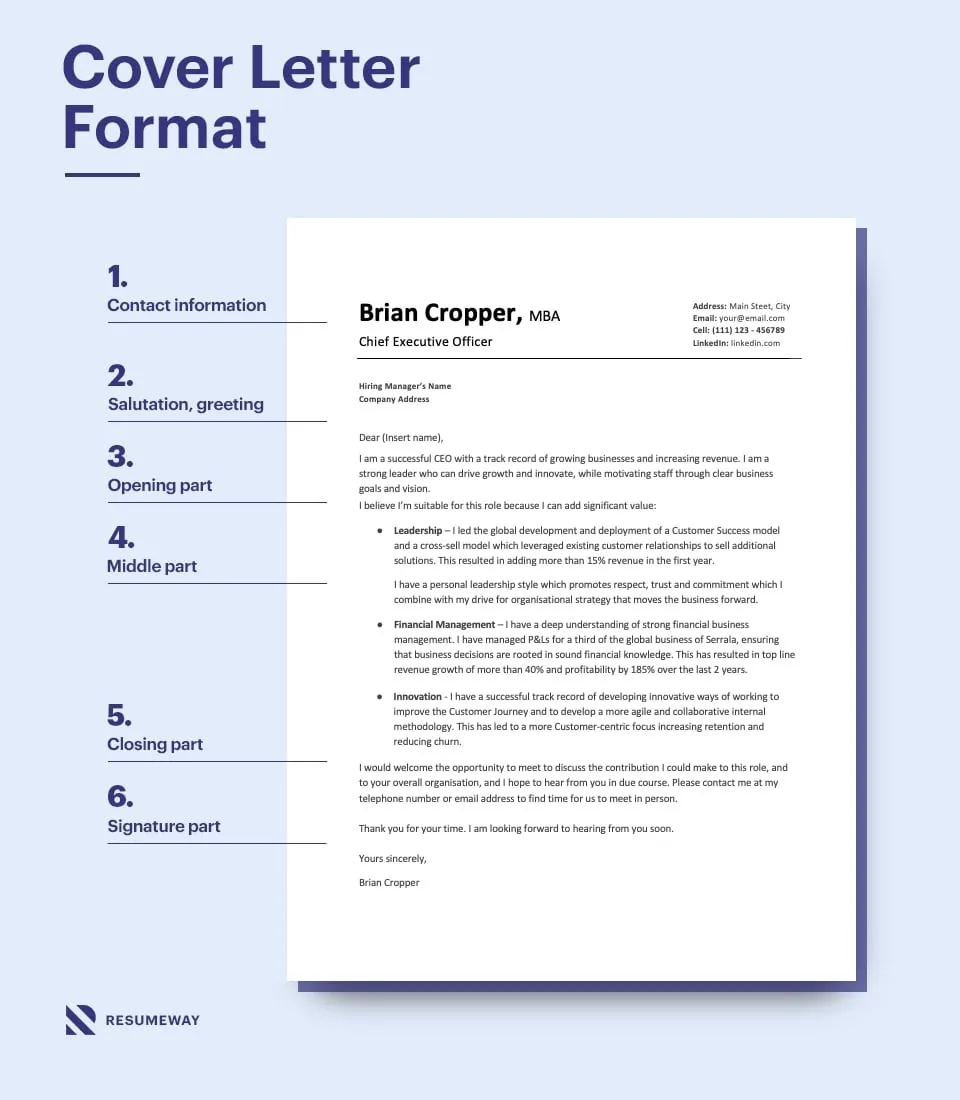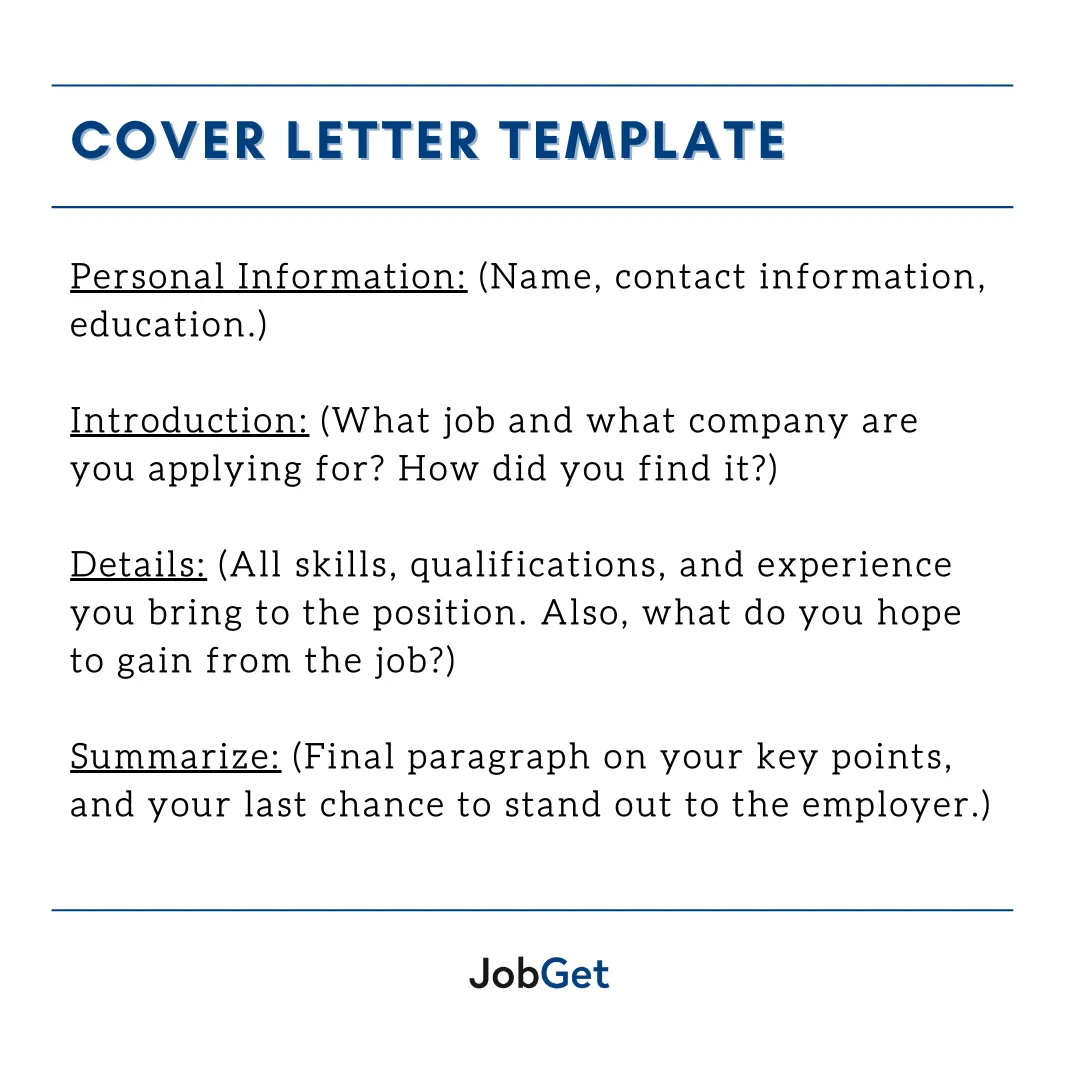What is a Cover Letter
A cover letter is a crucial document accompanying your resume when applying for a job. It serves as an introduction, allowing you to elaborate on your qualifications, experiences, and skills in a way that a resume alone cannot. The primary function of a cover letter is to persuade the hiring manager that you are the ideal candidate for the position. Unlike a resume, which provides a concise overview, a cover letter offers the opportunity to express your personality, enthusiasm, and understanding of the job requirements. Think of it as your personal sales pitch, designed to capture the reader’s attention and encourage them to delve deeper into your qualifications. This is your first chance to make a lasting impression and set yourself apart from other applicants, making the cover letter an essential part of any job application strategy.
Why Are Cover Letters Important
Cover letters are important because they offer a platform to connect with the hiring manager on a more personal level. While your resume provides a factual account of your work history and skills, the cover letter adds context, demonstrating your personality and passion for the role. A well-written cover letter allows you to explain any gaps in your employment history, clarify career transitions, and articulate your career goals, something a resume often struggles to do. Furthermore, a cover letter showcases your communication skills and attention to detail, which are highly valued by employers. Many hiring managers consider a cover letter a significant factor in their decision-making process, often using it to gauge a candidate’s interest, communication style, and overall fit within the company culture. In a competitive job market, a compelling cover letter can be the key differentiator that lands you an interview.
Cover Letter Structure

A standard cover letter structure typically includes several key sections designed to effectively convey your qualifications and enthusiasm. This structure ensures that your letter is easy to read and digest, making it more likely to capture the hiring manager’s attention. A well-structured cover letter will generally include a header with your contact information, a personalized greeting, an engaging opening paragraph, a few body paragraphs that highlight relevant skills and experience, and a closing paragraph that reinforces your interest and includes a call to action. Adhering to this structure helps to organize your thoughts logically and present a compelling narrative that demonstrates why you are the right fit for the job. Taking the time to master the structure of a cover letter can greatly increase your chances of making a positive first impression.
Header and Contact Information
The header of your cover letter should include your full name, address, phone number, and email address. This section ensures that the hiring manager can easily contact you if they are interested in moving forward with your application. It is important to use a professional-looking email address. Directly below your information, include the date and then the hiring manager’s name, title, and the company’s name and address. If you are unable to find the name of the hiring manager, try to find out from the job posting. This personalized approach shows that you have taken the time to research the company and the role. Using a formal layout in the header demonstrates your professionalism and attention to detail, two qualities that employers seek in potential candidates. Make sure the contact information is accurate and up-to-date, minimizing the chance of missed communication.
Greeting the Hiring Manager
Always address your cover letter to a specific person whenever possible. Addressing the hiring manager by name, such as ‘Dear Mr. Smith,’ immediately personalizes your letter. If you cannot find the name of the hiring manager, use a general greeting like ‘Dear Hiring Manager.’ Avoid generic greetings such as ‘To Whom It May Concern,’ as these can make your letter seem less engaging. Researching the company or the role will help you to find the correct name and give you the edge. The greeting sets the tone for the rest of your letter, so make it professional and respectful. It’s also important to double-check the spelling of the name; a simple mistake can undermine your credibility. Showing this level of detail demonstrates your attentiveness and genuine interest in the position.
Body Paragraphs

The body paragraphs are the heart of your cover letter, where you provide the details that support your application. These paragraphs should explain why you are the ideal candidate for the job. The core content focuses on showcasing your skills, experience, and how they align with the job requirements. Each paragraph should have a clear purpose. This is the place to highlight the skills and experiences that make you the best fit for the role. Make sure each paragraph focuses on a specific area of your experience and ties it back to the job requirements. Avoid simply repeating information from your resume; instead, use the cover letter to elaborate on your achievements and explain how your qualifications can benefit the employer. This part should be compelling and tailored specifically to the job.
Opening Paragraph Hook the Reader
The opening paragraph is your opportunity to grab the hiring manager’s attention. Start with a strong statement that immediately captures their interest. Begin by clearly stating the position you are applying for and how you learned about the opportunity. Highlight your key qualifications or a significant achievement that aligns with the job requirements. Avoid generic opening lines. Be specific and engaging, and show your enthusiasm for the role and the company. This will help you to make a positive first impression. Make sure it reflects your personality, while maintaining a professional tone. The goal is to create a hook that encourages the reader to continue reading the rest of your letter.
Middle Paragraphs Showcase Your Skills
The middle paragraphs of your cover letter are where you provide evidence of your qualifications. Use these paragraphs to demonstrate how your skills and experiences match the job requirements. Provide specific examples and quantify your achievements whenever possible. Use the job description as your guide, highlighting the skills and experiences that the employer is looking for. Explain how you’ve applied these skills in previous roles and what results you achieved. For instance, if the job requires project management skills, you could describe a project you successfully led and the positive outcomes. Use action verbs to make your descriptions more impactful. This detailed approach shows that you are not only qualified for the job but that you also understand the employer’s needs.
Closing Paragraph Call to Action

The closing paragraph should reiterate your interest in the position and encourage the hiring manager to take action. Restate your enthusiasm for the role and summarize why you are the best fit for the job. Thank the hiring manager for their time and consideration. Include a call to action, such as expressing your eagerness to discuss your qualifications further in an interview. You can also mention your availability for an interview. End your letter professionally, with a formal closing such as ‘Sincerely’ or ‘Best regards,’ followed by your full name. The closing paragraph should leave a lasting positive impression and make it easy for the hiring manager to move to the next step.
Key Elements for a Strong Cover Letter
Several key elements are essential for writing a strong cover letter that grabs the hiring manager’s attention. First and foremost, tailor your cover letter to each job application. Customize your letter to the specific requirements of the position, highlighting the skills and experiences that are most relevant. Maintain a professional tone throughout the letter. Be clear, concise, and use proper grammar and spelling. Focus on your achievements rather than just listing your responsibilities. Use action verbs to describe your accomplishments and quantify your results whenever possible. Make sure you proofread your cover letter carefully before submitting it. A well-written, error-free cover letter demonstrates your attention to detail and professionalism. A strong cover letter combines these elements to create a compelling narrative that convinces the employer to take notice of your qualifications.
Highlighting Relevant Skills and Experience
Effectively showcasing your relevant skills and experience is critical for the success of your cover letter. Start by carefully reviewing the job description. Identify the key skills and experiences the employer is seeking and tailor your letter to highlight those attributes. Provide specific examples from your previous roles to demonstrate how you have used those skills to achieve positive outcomes. This will prove that you are not just qualified but have a track record of success. Quantify your accomplishments whenever possible. For instance, instead of saying you ‘managed projects,’ state that you ‘managed projects, resulting in a 15% reduction in costs.’ By using specific examples and quantifying your achievements, you provide tangible evidence of your abilities and make your cover letter more persuasive. Your cover letter becomes more impactful when you connect your experience directly to the job’s requirements.
Tailoring Your Cover Letter to the Job

Tailoring your cover letter to each job application is one of the most important steps in the job search process. A generic cover letter is easy to spot and often ends up in the rejection pile. The goal is to show the hiring manager that you have carefully read the job description and understand the specific requirements of the role. Research the company and the role, and incorporate the company’s mission and values into your letter. Highlight the skills and experiences that align with the job description. This level of personalization shows that you are genuinely interested in the position. Explain why you are the best fit for the company. Demonstrate that you have taken the time to understand their needs and how your skills can contribute to their success. By tailoring your cover letter, you increase your chances of making a positive impression and securing an interview.
Show, Don’t Just Tell Using Examples
In your cover letter, showing is always more effective than telling. Instead of simply stating that you possess certain skills, provide concrete examples to demonstrate those skills in action. For example, if you want to highlight your problem-solving abilities, describe a specific problem you faced in a previous role, the steps you took to solve it, and the positive outcomes you achieved. This approach allows the hiring manager to see your skills in practice, making your claims more believable. Use the STAR method – Situation, Task, Action, Result – to structure your examples. This method helps you to provide a clear and concise explanation of your achievements. By providing specific examples, you prove that you not only possess the required skills but that you can apply them effectively in a real-world setting. This method makes your letter more compelling and memorable.
Proofreading and Editing
Proofreading and editing your cover letter is the final, crucial step in the writing process. Errors in grammar, spelling, and punctuation can undermine your credibility and create a negative impression. Before submitting your cover letter, carefully review it for any mistakes. Read the letter aloud to catch errors. Use grammar and spell-checking tools, but don’t rely on them completely. Ask a friend or family member to proofread your letter. A fresh pair of eyes can often spot mistakes that you might miss. Make sure your formatting is consistent, and your contact information is correct. Ensure your cover letter is polished and error-free. This attention to detail demonstrates professionalism and makes you appear more capable of handling the job’s responsibilities.
In conclusion, a well-crafted cover letter is an essential tool in your job search. By following the rules and incorporating these strategies, you can create a cover letter that impresses hiring managers, highlights your qualifications, and increases your chances of landing an interview. Remember to tailor each cover letter to the specific job, showcase your skills and experience with concrete examples, and always proofread for errors. Good luck!
